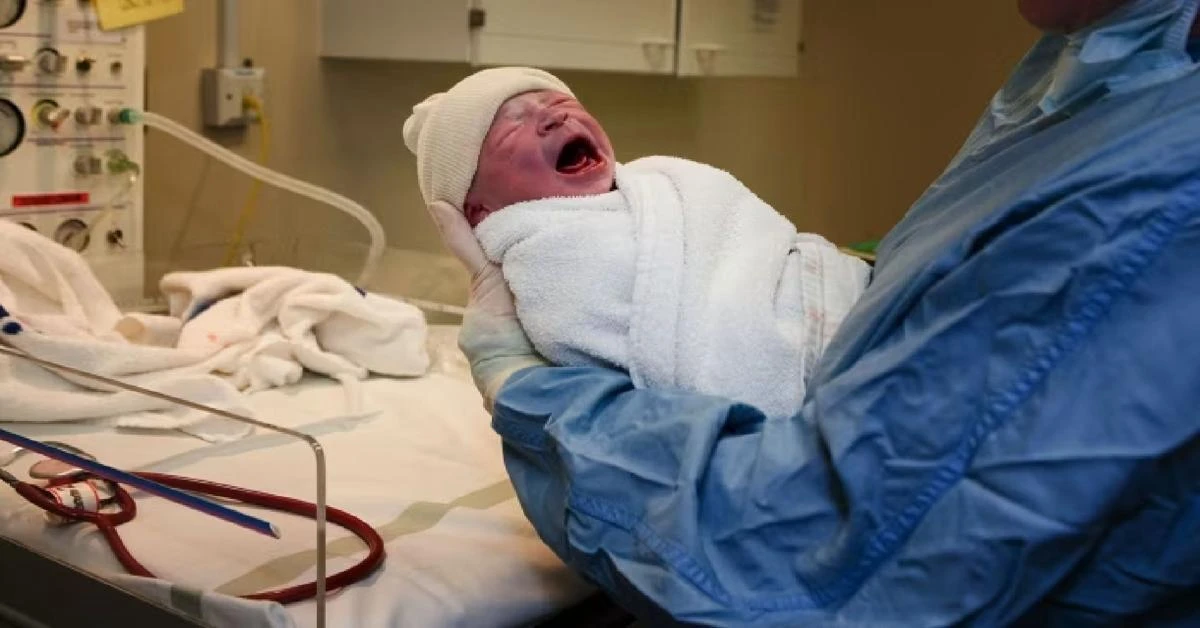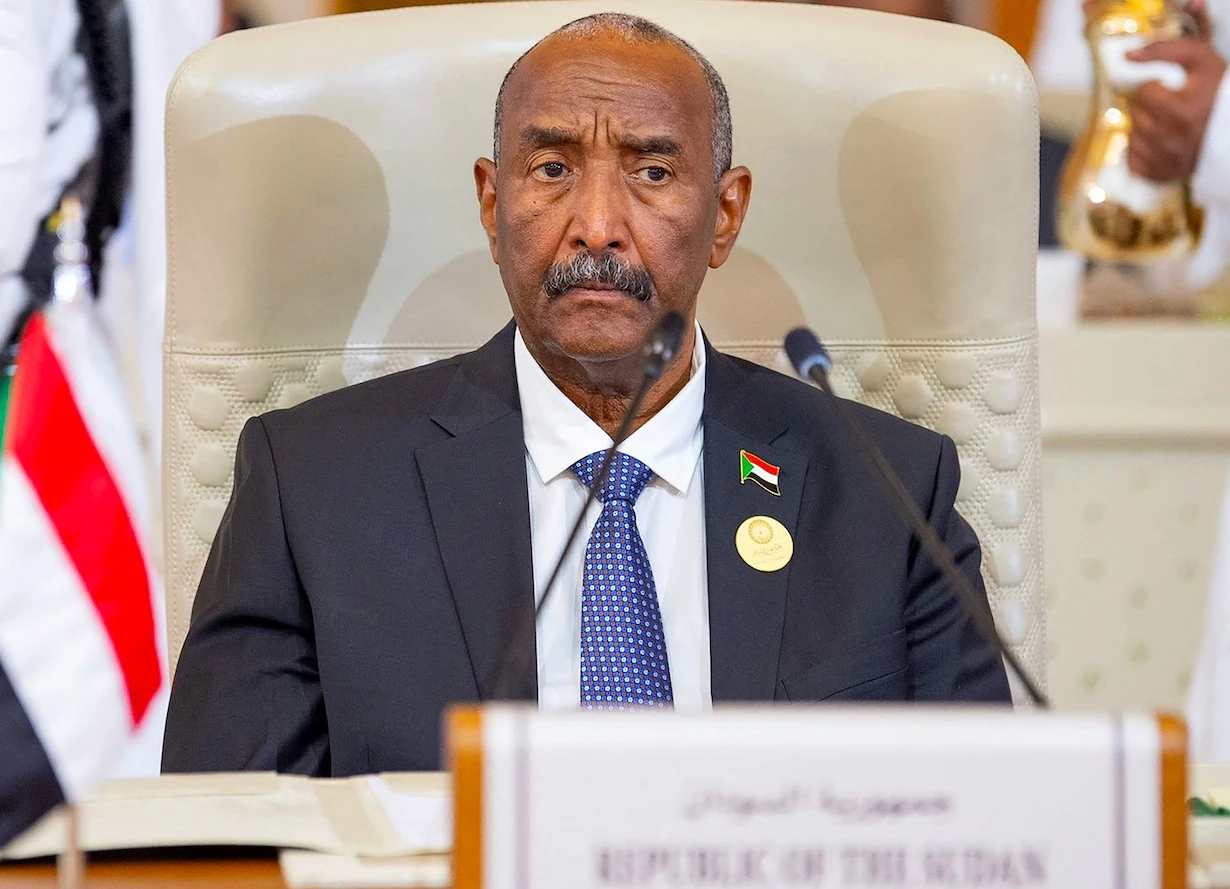South Korea’s declining birth rate hits new all-time low

South Korea’s already low fertility rate hit a new low in 2023, raising concerns about economic growth, retirement funds and social welfare programs
South Korea’s fertility rate, already the lowest in the world, continued its sharp decline in 2023 as women, concerned about their career progression and the financial burden of raising children, opted to postpone childbirth or forgo having babies altogether.
Statistics Korea’s data for 2023 revealed a historic drop in the average number of expected babies per South Korean woman during her reproductive years, plummeting to 0.72 from 0.78 in 2022.
This figure is significantly below the replacement rate of 2.1 children per woman necessary for a stable population. It lags far behind the 2015 rate of 1.24, when worries about housing and education costs were less pronounced.
Since 2018, South Korea has stood out as the sole OECD member with a fertility rate below 1 despite substantial government investments to reverse this trend. The country experienced its fourth consecutive year of population decline in 2023.
Gwak Tae-hee, a 34-year-old junior manager at a Korean dairy company who has been married for three years, expressed her dilemma: “Having a child is something I consider, but I am also mindful of opportunities for career advancement and not being overlooked for promotions.” Gwak contemplated pursuing in vitro fertilization (IVF) last year but focused on work projects to enhance her career prospects instead.
South Korea’s demographic challenges have emerged as a significant threat to economic growth and the social welfare system, with projections indicating that the population of 51 million could halve by the end of the century.
Anticipating a further decline, South Korea has forecasted a fertility rate of 0.68 in 2024. Seoul, the capital with the highest housing costs, reported the lowest fertility rate of 0.55 last year.
As the country grapples with this issue, the government and major political parties have pledged initiatives such as increased public housing and easier access to loans to encourage childbirth, aiming to address concerns of a potential “national crisis” due to dwindling fertility rates.
Marriage is commonly considered a prerequisite for child-rearing in South Korea; however, marriage rates are also declining. Efforts to boost the birth rate are now focused on understanding why married couples choose not to have children, with policymakers aiming to address this aspect in their strategies.
The urgency surrounding the population decline is underscored by the failure of past investments, totaling over 360 trillion won ($270 billion) in areas like childcare subsidies since 2006, to reverse the trend of record-low fertility rates.
South Korea is not the only country in the region facing the challenge of an aging population. Japan recently reported a record low number of births in 2023 for the eighth consecutive year, with a fertility rate of 1.26 in 2022. Similarly, China recorded a fertility rate of 1.09, also a historic low.
Source: Reuters



